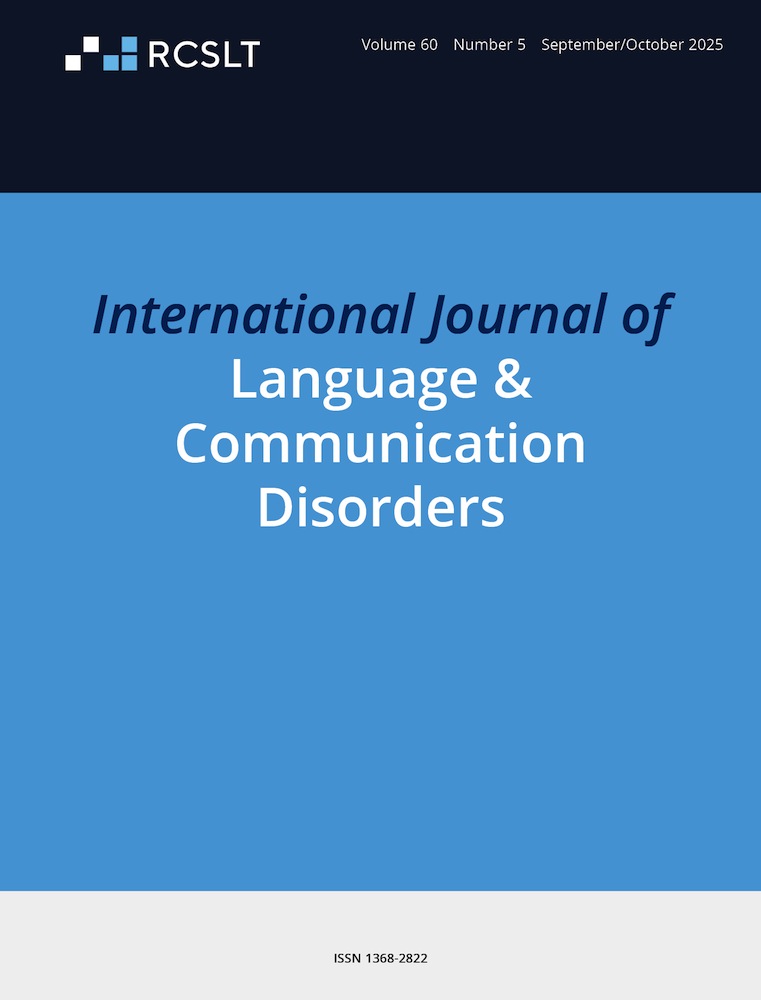Imitative production of regular past tense -ed by English-speaking children with specific language impairment
Abstract
Background: Language intervention procedures often involve the speech-language pathologist highlighting or making more salient forms that are problematic for the child with a language impairment. According to limited processing accounts of specific language impairment (SLI), one way to increase the saliency of a form is to manipulate its sentence position.
Aims: The placement of verbs with past tense regular -ed, a morpheme documented to be significantly difficult to acquire for English-speaking children with SLI, was manipulated. Specifically, the accurate production of verbs with regular past tense -ed in the final position of sentences was evaluated in comparison with verbs with regular past tense -ed in the internal sentence position.
Methods & Procedures: Ten English-speaking children with SLI (mean age 5;2) who were variable in the production of the regular past tense -ed morpheme participated in the study. A sentence imitation task that consisted of sentences with the past tense -ed in the sentence internal position, the sentence final position and foil sentences was presented.
Outcomes & Results: Overall, the data suggest that in an imitative context, errors of omission occurred only when regular past tense -ed occurred in the sentence internal position compared with the sentence final position.
Conclusions: The results are consistent with the SA explanation for omitted tense marking in children with SLI and do not support the Extended Optional Infinitive Account. Assessment and intervention of past tense -ed may be improved by manipulating the sentence position of this morpheme.




